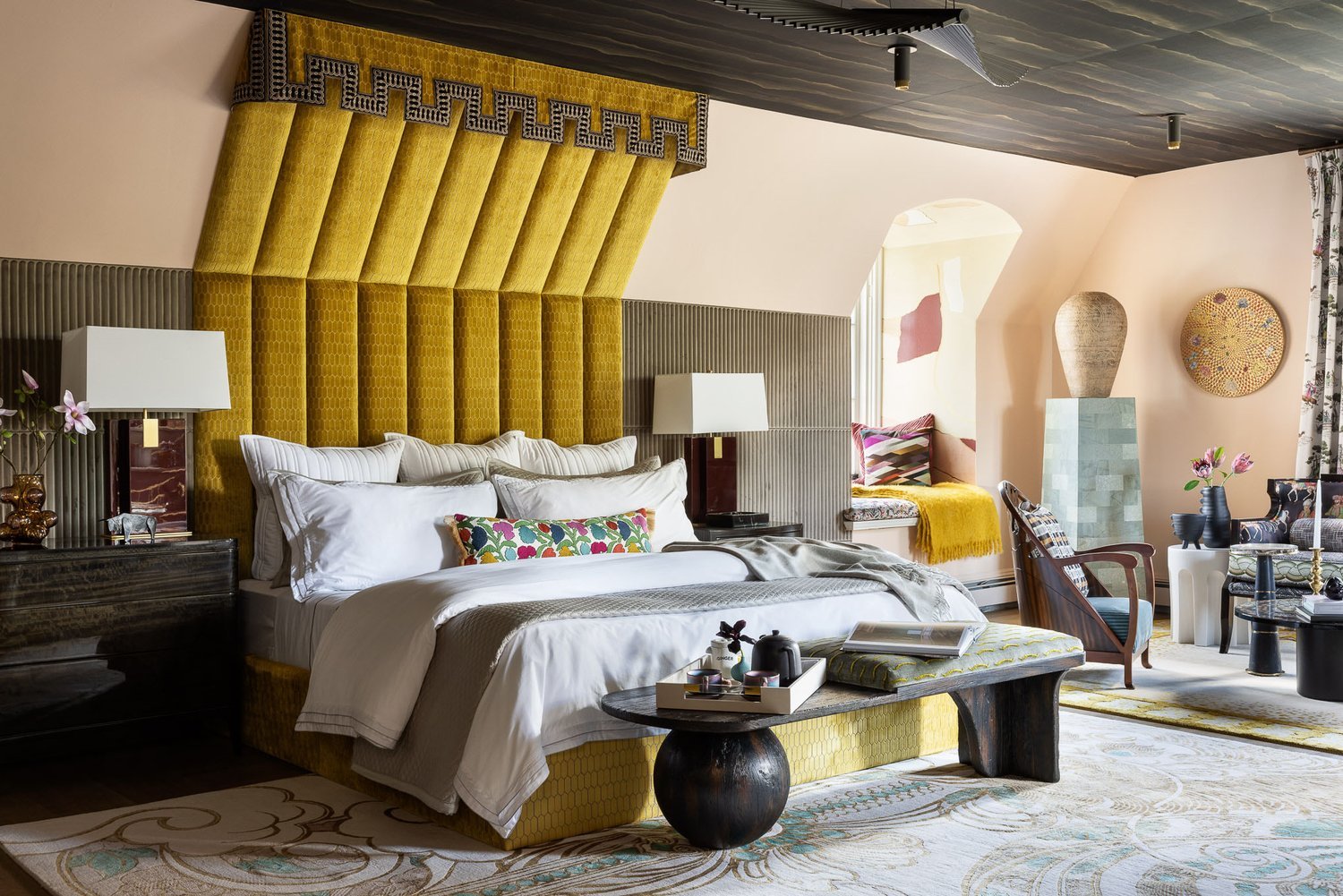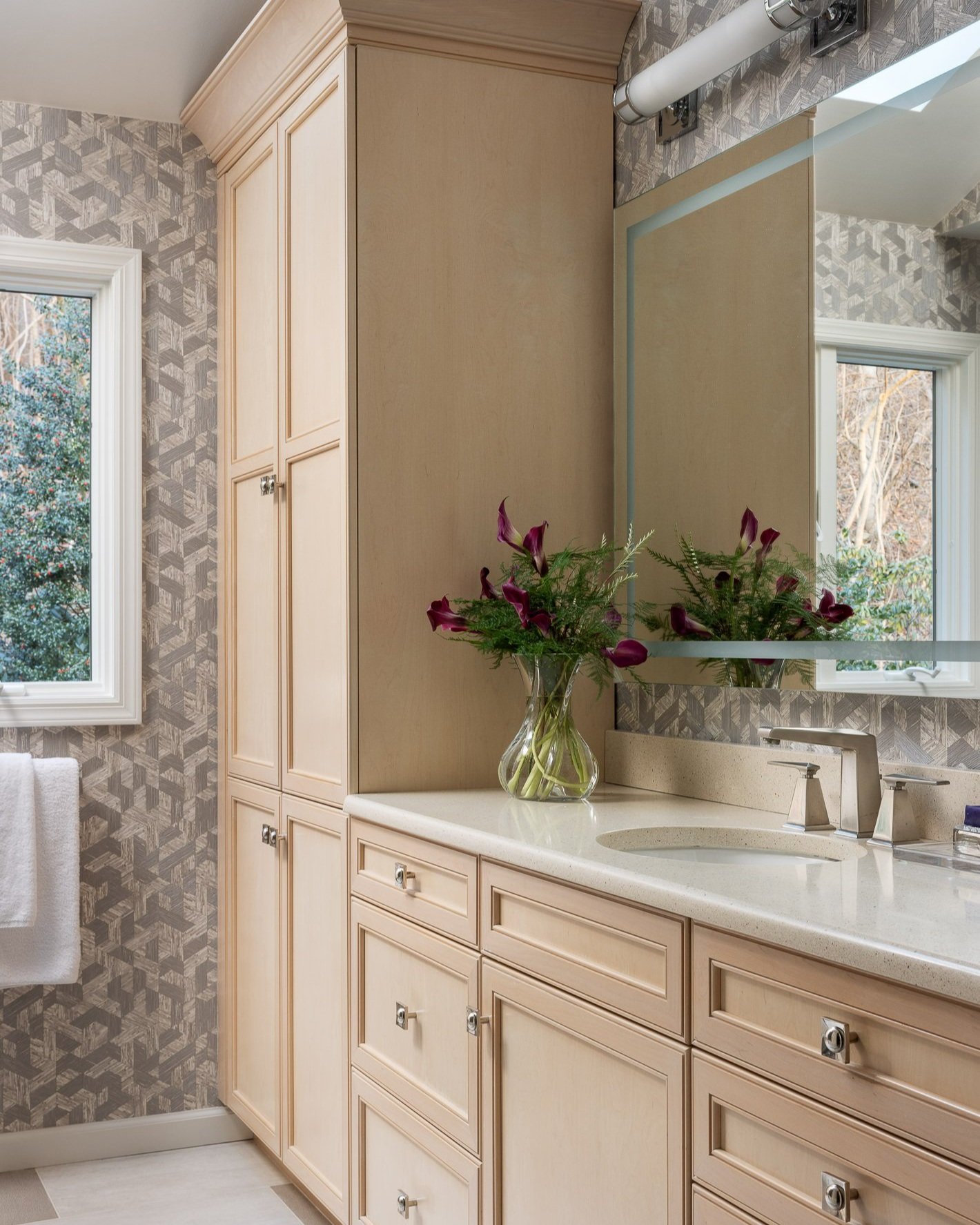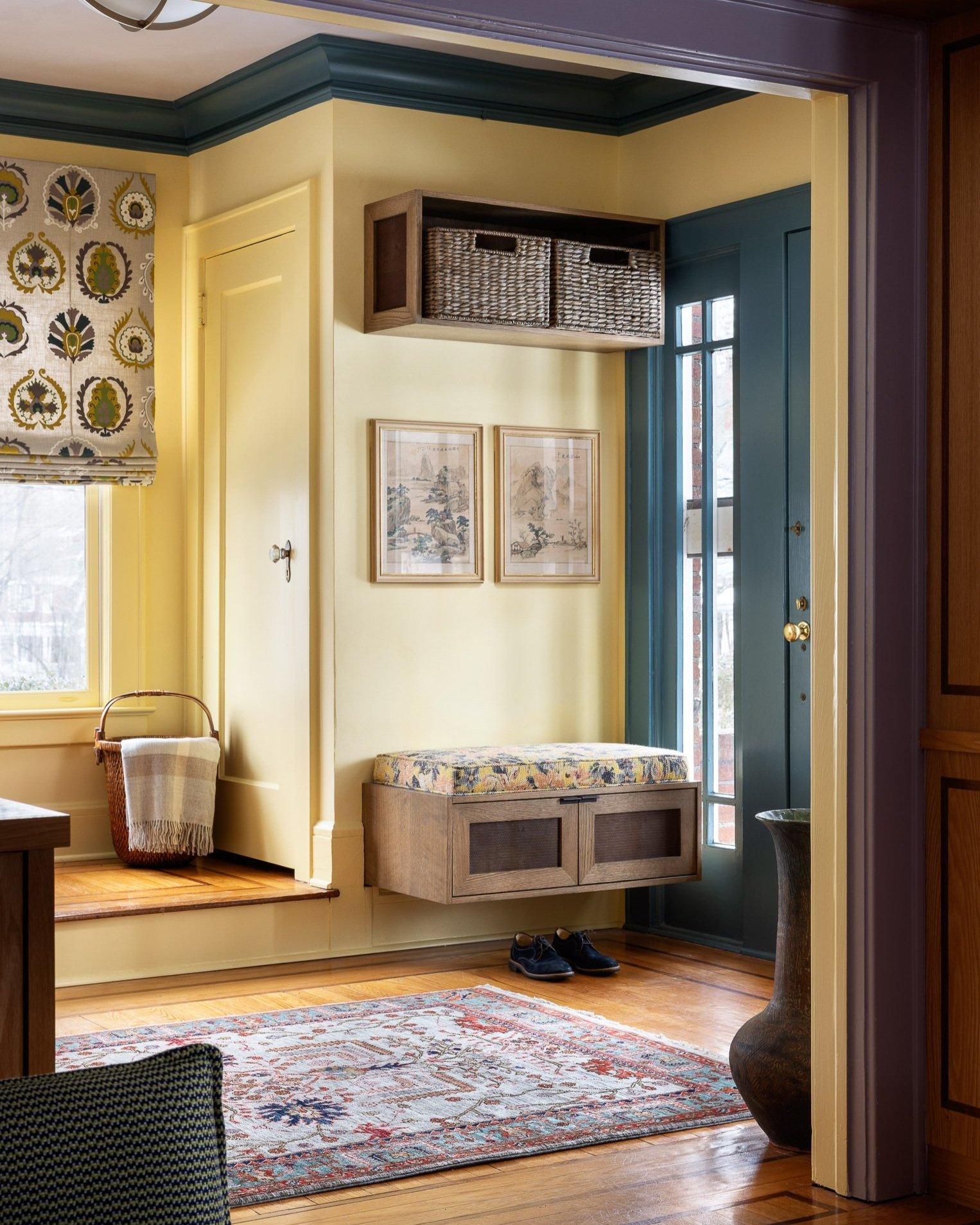The Impact of Colors on Well-Being in Interior Design
Colors play a pivotal role beyond mere aesthetics in Interior design. They possess the remarkable ability to influence our emotions, behaviors, and overall well-being within a space. From calming blues to energizing yellows, each hue evokes a unique psychological response, making color selection a critical aspect of designing any environment.
Understanding the psychological effects of colors can empower homeowners and designers alike to create spaces that foster the desired ambiance and enhance occupants' mood and well-being.
The Psychology Behind Colors
Calming Blues and Seren Greens
Blues and greens are commonly associated with tranquility, relaxation, and nature. They evoke a sense of calmness and promote mental clarity, making them ideal for bedrooms, living rooms, or areas designated for meditation and relaxation.
Invigorating Reds and Energetic Yellows
Reds and yellows are vibrant and stimulating colors that can boost energy levels and evoke feelings of warmth and vitality. However, excessive use of these bold hues may lead to agitation or overstimulation, so they're best used in moderation or as accent colors in areas like kitchens or workout spaces.
Soothing Neutrals
Neutrals such as beige, gray, and taupe serve as versatile backdrops that complement any design style. They create a sense of balance and stability while allowing other elements in the room to stand out. Neutrals are particularly effective in creating minimalist or Scandinavian-inspired interiors.
Uplifting Yellows and Optimistic Oranges
Yellows and oranges are associated with happiness, optimism, and creativity. They can add warmth and vitality to any space, making them excellent choices for kitchens, dining areas, or home offices where productivity and sociability are encouraged.
How to add color to your home
Consider the Room's Function
Tailor color choices to the specific function of each room. For instance, calming blues and greens are well-suited for bedrooms and bathrooms, while energizing yellows and oranges may be more appropriate for spaces intended for socializing or creative work.
Balance Bold and Subtle Tones
Strike a balance between bold, statement colors and softer, more neutral tones to create visual interest without overwhelming the senses. Experiment with different color combinations and textures to achieve harmony and cohesion within the space.
Harness the Power of Light
Natural and artificial lighting can significantly influence how colors appear in a room. Be mindful of how light sources interact with different hues and adjust lighting accordingly to enhance the desired mood and atmosphere.
Personalize with Accents
Use accent pieces such as throw pillows, rugs, artwork, and accessories to inject pops of color into a space without committing to permanent changes. This allows for flexibility and easy updates as preferences evolve.
The impact of colors on mood and well-being in interior design cannot be overstated. By harnessing the psychological effects of various hues and strategically incorporating them into our living spaces, we have the power to create environments that uplift, inspire, and nurture our physical and emotional well-being. Whether seeking serenity, energy, or creativity, let color be your guiding ally in crafting spaces that truly feel like home. Contact us today to get started.








